This blog series is about our "Back to the Soil" project, in which we investigate whether several organic waste streams can be used as soil improvers in arable farming and how this can be legally achieved. In this fourth blog post, we describe the legal process we went through to conduct our experiment. Below, you'll find an overview of all the blog posts in this series.
The plan vs. realityOur plan was simple: collect residual flows, take them to the farm, spread them on the land, and then measure the impact. Too simple, unfortunately. To make it legally feasible to bring the residual flows to the farm and spread them, we followed the route shown in the image below. The extra-long route was, of course, partly due to our own ignorance of fertilizer and environmental legislation. Nevertheless, it was an impressive journey with plenty of unexpected twists and turns that was quickly dubbed "the soap opera" internally. It took considerable perseverance to obtain the necessary permits. To illustrate, below the image is a brief (but still quite lengthy) description of the entire route we followed between January and August 2019.

See the high-resolution image above.
The exemption - the forest of laws and regulations
The grant application for the "Back to the Soil" project was submitted on August 31, 2017, and approved on September 6, 2018. In January 2019, after a phase of developing plans, we began the practical side of our project. In July, we plan to spread the residual flows on the fields of Maatschap den Ouden. To collect these residual flows, we would like to order several containers. Unfortunately, we cannot find any companies willing to supply an empty container for the coffee grounds and spent substrate. A waste stream number is required for transporting these.
We are starting an investigation into how we can apply for such a waste stream number. We are speaking with various waste management companies and their lawyers , with GroenCollect, and with the arable farmer. We are contacting the Netherlands Enterprise Agency ( RVO ) and the DCMR (Dutch Centre for Environmental Management) for advice on this matter. On February 5th, the DCMR will request colleagues from OZHZ (South Holland South Environmental Agency) and ODMH (Central Holland Environmental Agency) to schedule a meeting to discuss working with coffee grounds on land. To support this, we are writing a document outlining waste legislation and our project's role within it.
On February 18th, we received a recommendation from the Netherlands Enterprise Agency (RVO) to complete an intake form for "Rules in Regulations " ( the interdepartmental program to facilitate entrepreneurs' innovation investments by finding leeway in legislation and regulations) . This prompted us to speak with a lawyer on March 5th. He provided us with an overview of the complex set of laws and regulations, including the relevant implementing bodies, competent authorities, and supervisory bodies. The preliminary conclusion is that we must apply for a trial exemption under the Fertilizers Decree . It is not yet clear to which body and which person within that body we should apply.
By March 20th, it will be clear where the exemption application can be submitted. In the weeks that follow, we will contact several people about how to proceed and will start working on an exemption application and the accompanying research plan.
Meanwhile, the South Holland South Environmental Agency has scheduled a meeting. It has been noted that several innovative projects are encountering legal obstacles, preventing them from moving forward. On April 10th, we will meet with three projects and the three environmental agencies. The conclusion of that meeting is that an application for an exemption under the Fertilizers Decree should not be submitted, but rather one under Article 10.63 of the Environmental Management Act (hereinafter "Wm" ). The competent authority for such an exemption is the ODMH. The major advantage of this seems to be that it's a much faster procedure, allowing us all to begin our research on time. We're heading home in high spirits.
A few days after the meeting, we received the form we can use for the application, and we started writing the exemption request and gathering the necessary documentation. This application was mailed to the ODMH on April 24th (email submission is not permitted). To be on the safe side, we checked in late April and early May to ensure everything had been received correctly and what the next steps were. Unfortunately, on May 6th, it turned out the documents had been lost and accidentally forwarded to Rotterdam. The documents were found in Rotterdam, returned to Gouda, and we received a case number. After the holidays, we can contact our contact person.
On May 23rd, we spoke with our contact person. Within the ODMH, we consulted with lawyers and soil scientists, partly because it wasn't yet clear whether the procedure based on Article 10.63 of the Environmental Management Act (Wm) was the correct one. Fortunately, on May 27th, we heard that we had applied for the correct exemption and that the ODMH (like the other environmental agencies) was receptive to our request. Unfortunately, it now appears that the General Administrative Law Act prescribes the extended procedure. Processing the application will therefore take four to six months .
It's time for a crisis meeting . Prior to the May 29th meeting, we contacted those who were unable to attend (the province of South Holland, Ruimte in Regels, the Ministries of Agriculture, Nature and Food Quality and Infrastructure and Water Management). The recommendation is to focus on following the formal procedure at ODMH and request a toleration order for the duration of the formal procedure.
The three environmental services are present at the crisis meeting. The discussion focuses on the possibility of a toleration order, which will be valid while the formal exemption is still being processed. Everyone is positive about this.
Given the very limited time, we will develop a plan for the coming weeks based on the input provided during the consultation. The ODMH is working on a model decision, which will be published for any comments from stakeholders. In the meantime, a toleration decision will be issued, allowing the project to proceed as long as the period for comments has not yet expired. If no comments are received, the formal exemption will be granted. In retrospect, it turns out that a toleration decision is quite complex. However, we can choose to start the investigation at our own risk , using the model decision . This risk is significant, because if the residual flows have already been spread and enforcement is still implemented, this could result in the need to remediate 3 hectares of land. This is a costly undertaking. We have decided to pursue this course of action. The draft decision will be available for public review on June 26th.
Shortly thereafter, the three collected residual flows are transported to the arable farmer. We are advised to complete CRM cover letters with the most appropriate Eural code, but not to assign a waste flow number and to include a copy of the draft decision.
The formal body is the Human Environment and Transport Inspectorate (ILT) . We decided not to involve another body. On the day of the transport, it turned out that one of the hauliers refused to proceed without a waste stream number. To ensure the transport could proceed, Rotterzwam had to guarantee fines, waiting times, and additional driving time. We also assumed the risk that the collected waste streams would have to be transported to a fermentation plant. Ultimately, all three waste streams arrived in good order at the arable farmer's disposal. The period for comments expired on August 7th, and the draft decision was therefore converted into a formal decision. The arable farmer ultimately began spreading the waste streams only after August 7th.
The next step: request for inclusion of residual flows in Appendix AA
If the test results are positive, an application can be submitted to include the residual flows in Appendix AA of the Fertilizers Act Implementation Regulation. The Committee of Experts on the Fertilizers Act (CDM) was contacted during the initial phase of the project. It is crucial to know from the very start what research needs to be done to ensure a successful application. The committee members cannot contact (potential) applicants and therefore refer back to the protocol. The protocol, in turn, refers to the Netherlands Enterprise Agency (RVO) and the Ministry of Economic Affairs. Because the protocol is somewhat ambiguous and raises questions, we contacted the RVO and Ruimte in Regels (Space in Rules). They connected us to a contact person at the RVO. He initially referred us back to the protocol. Ultimately, after some insistence, questions can be submitted via email.
Unfortunately, it is not possible to view a sample application. A number of very specific questions will be answered on February 19, 2020. One question that is not fully answered/cannot be fully answered is the following: "The substance may also contain contaminants that are not listed in the tables of Appendix 4, but are nevertheless undesirable. This may lead to a negative recommendation. What is the definition of a contaminant? Would this apply to caffeine, for example? What studies on caffeine are necessary?"
In short, the answer is that the Fertilizer Act Expert Committee will assess potential environmental concerns. It's not entirely clear what data is required and how this assessment will proceed. This makes it difficult to design a study that could rule out environmental concerns.
A member of the CDM informally referred us to the NMI (Nutrient Management Institute) to help us understand the procedures. Unfortunately, the only person with substantive knowledge of the protocol's application is on long-term sick leave.
For now, the focus is on conducting research that takes the protocol's requirements into account as much as possible. After the research is completed, an application can be submitted, and it will be determined whether the correct measurements were taken and the correct research method was used.
To be continued.
Want to know more? This series consists of 11 blogs in which we tell you all about the project. Click and read more:
- Intro: Back to the Soil blog series
- Back to the Bottom: The Plan
- Residual flows on the soil: why?
- From plan to experiment: the legal waste stream soap
- Waste legislation: what is waste?
- Organic waste flows on the soil: what are the legal implications?
- Update 1: Pot trials, waste stream collection & spreading
- Update 2: Back to the bottom
- Residual flows on the soil: the research results
- Residual flows on the soil: the impact
- Residual flows on the soil: the next steps

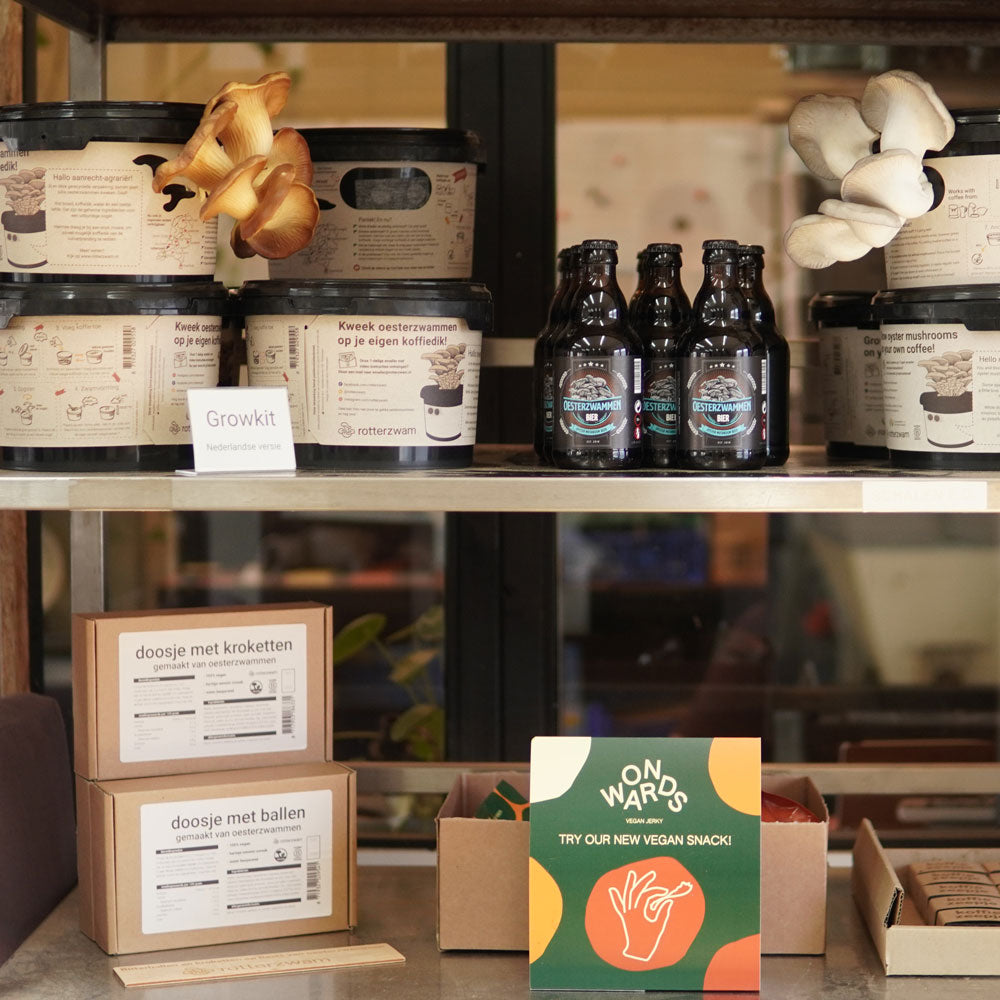
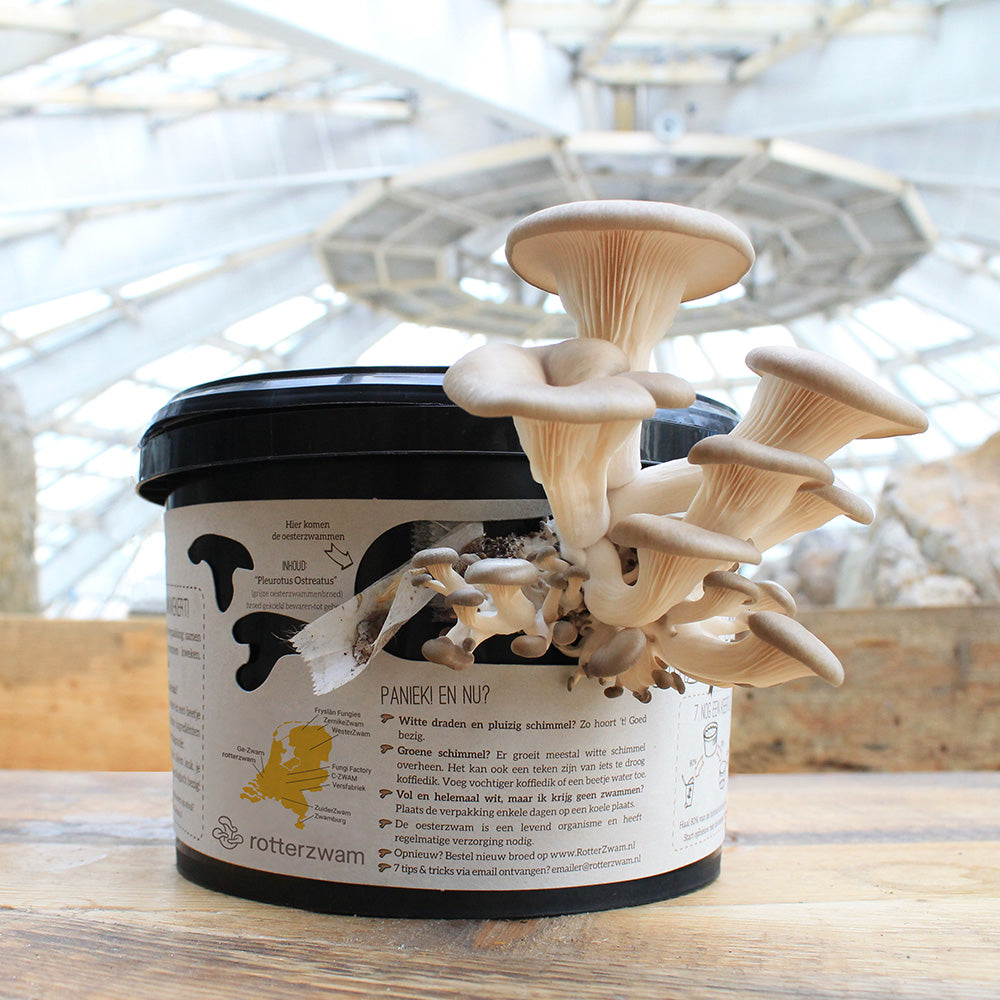
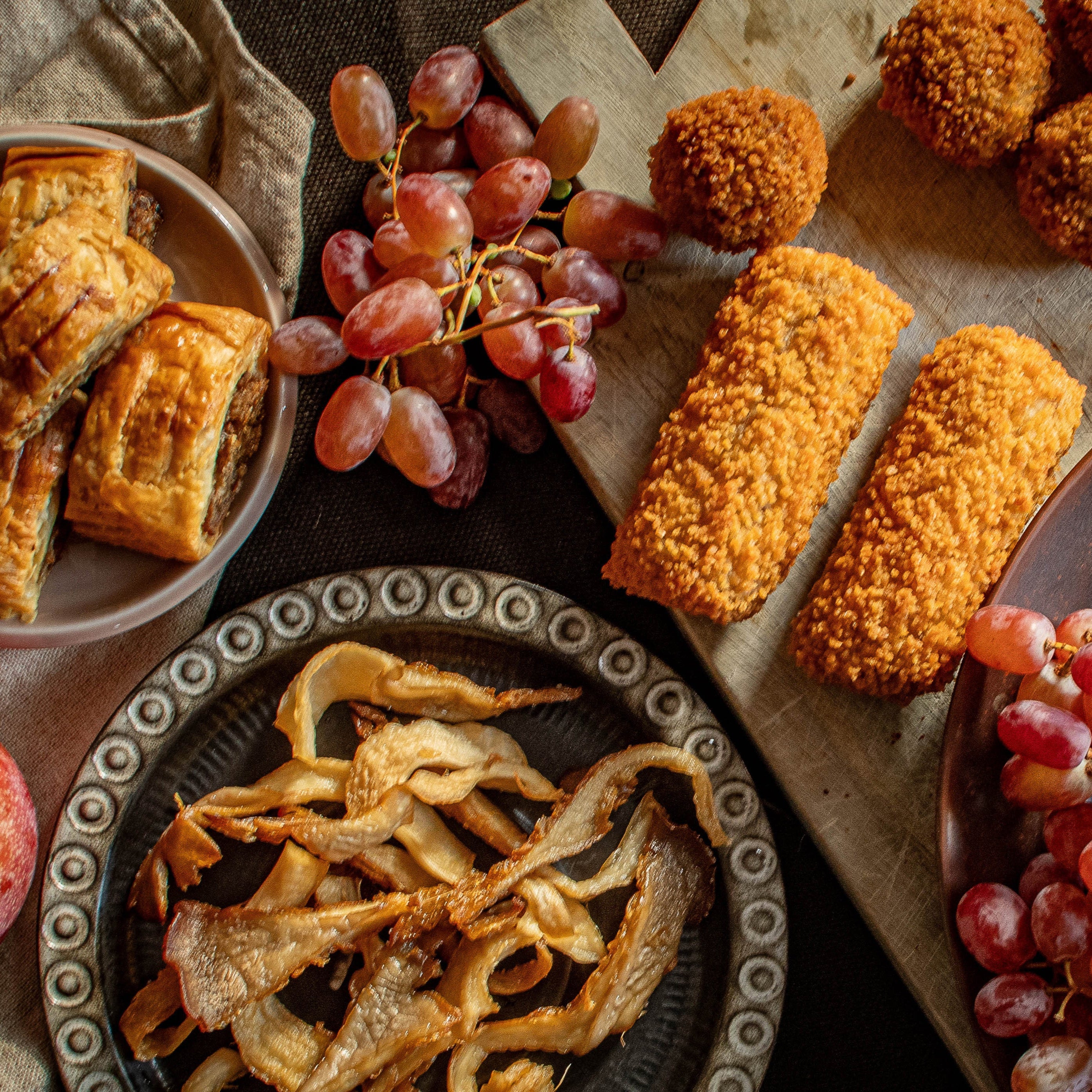
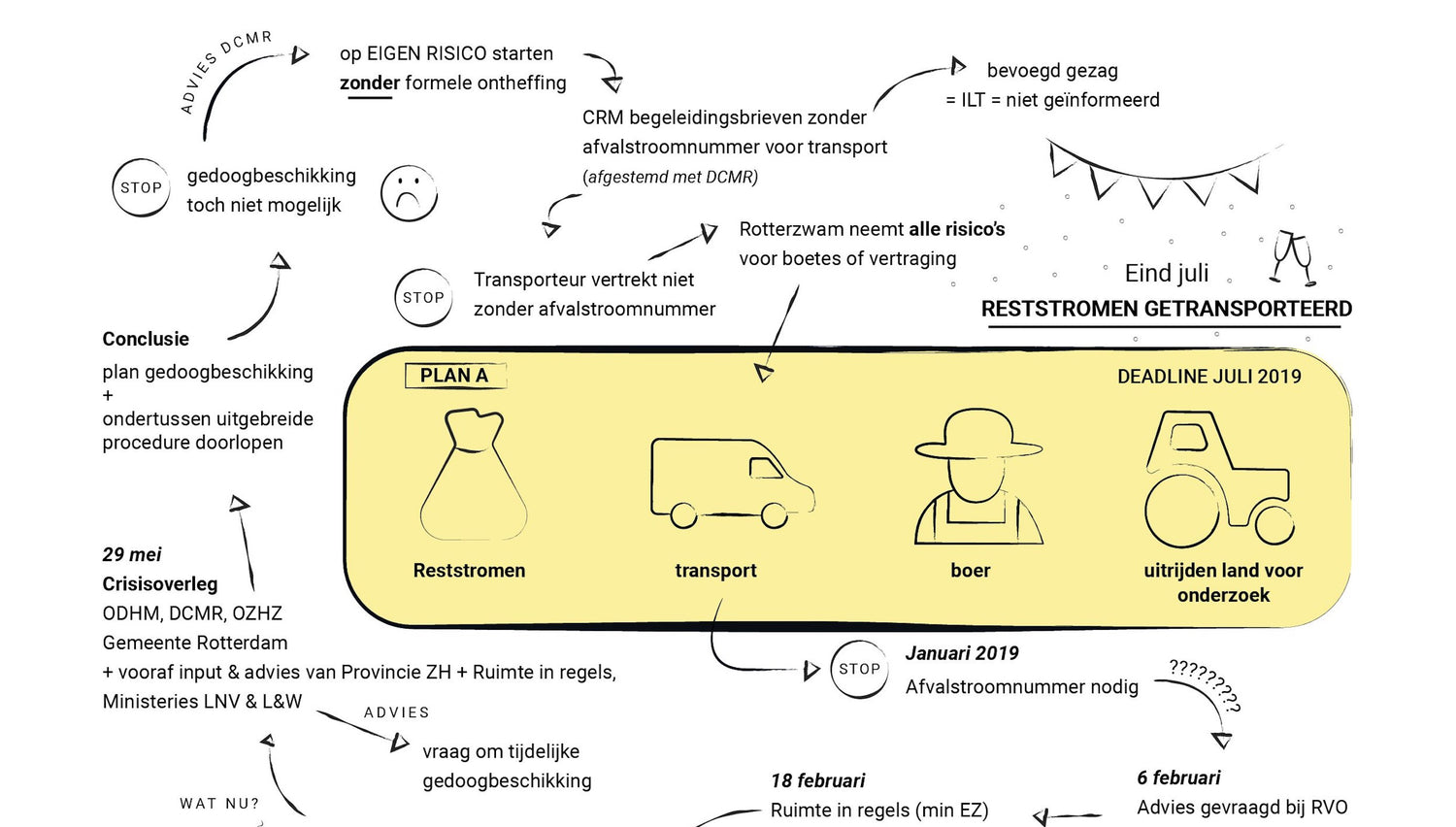
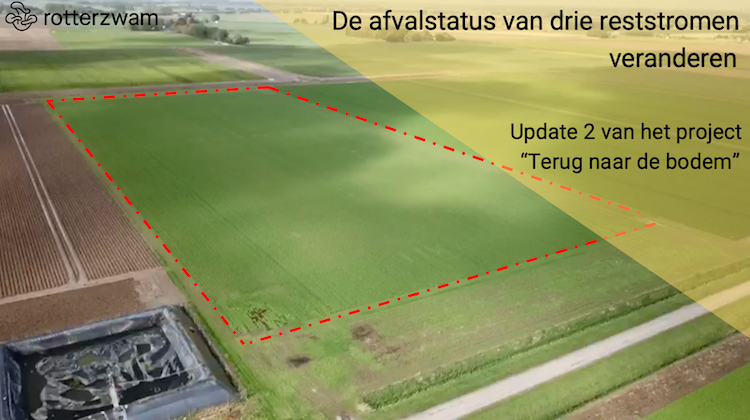
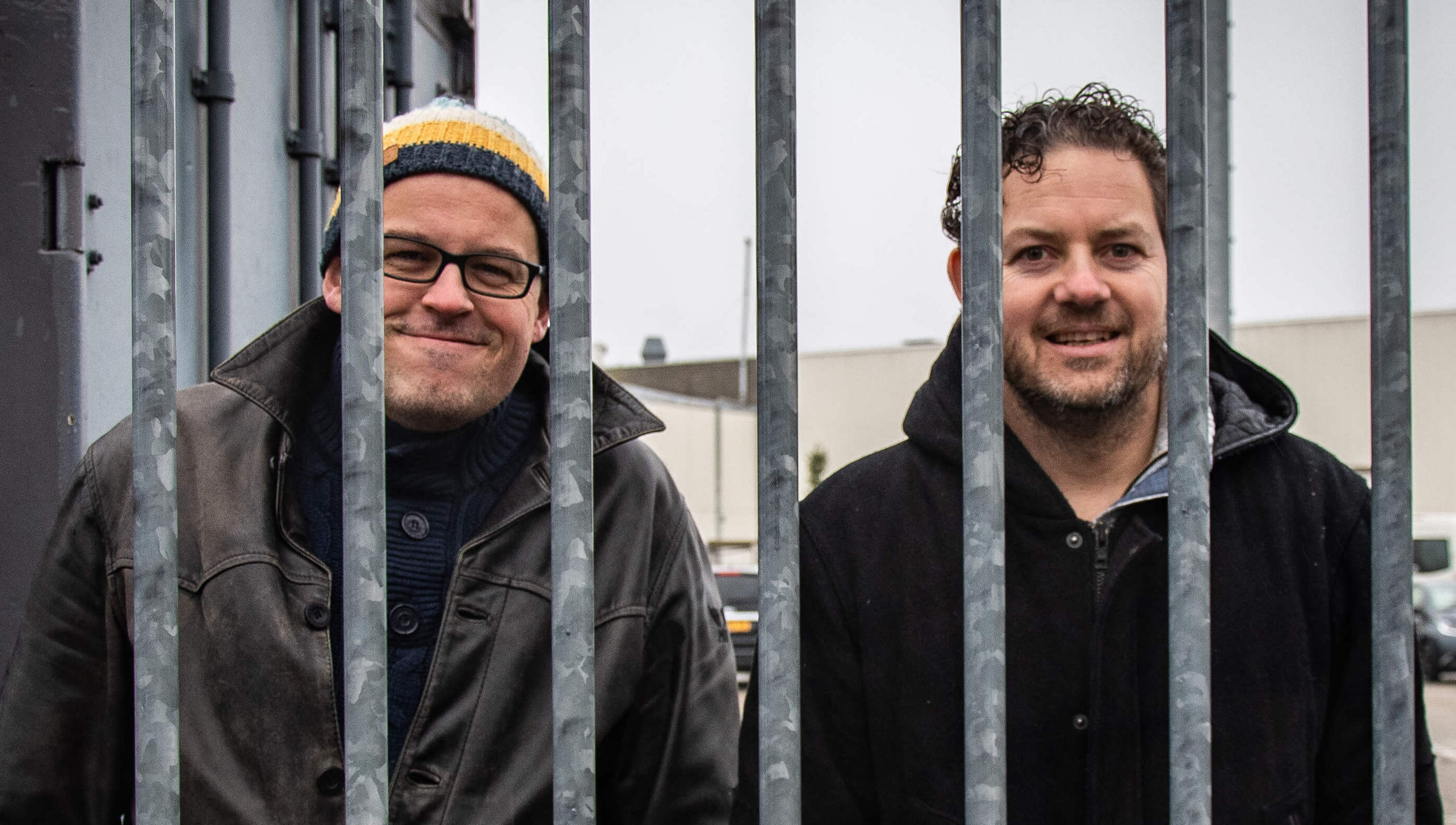
Leave a comment
All comments are moderated before being published.
This site is protected by hCaptcha and the hCaptcha Privacy Policy and Terms of Service apply.